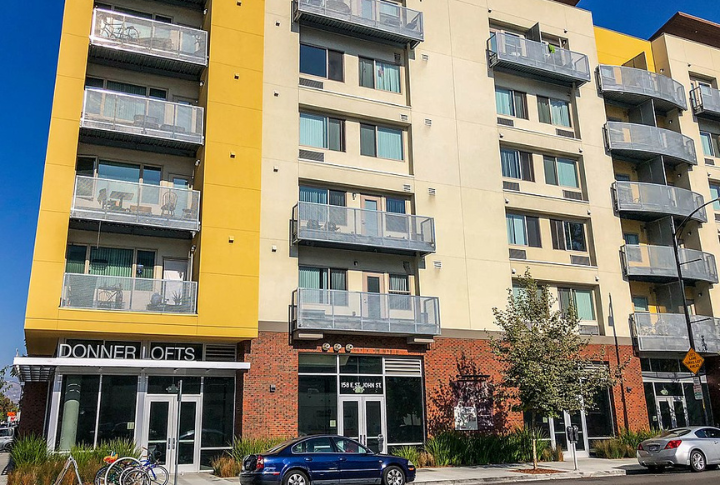
Everyone talks about affordable housing. Politicians promise it. Cities claim to support it. But when it comes time to build, something always gets in the way. Why does progress stall, and who benefits from the delays? The truth is more complicated than anyone likes to admit. Let’s delve deeper into it.
The Pushback From Neighborhoods

A developer proposes new housing. It checks all the boxes as safe and affordable. But suddenly, the complaints start: “It will change the character of our neighborhood!” Meetings turn heated. Lawsuits get filed. And just like that, another project gets buried under a pile of resistance.
The Real Estate Market Profits From Scarcity

Ever wonder why home prices never seem to drop? Real estate thrives on scarcity. The lower the number of homes on the market, the greater the cost. Investors, landlords, and developers all gain when supply stays tight. More housing means lower prices, and not everyone wants that.
The Myth Of “Bad For Property Values”

Homeowners fear new developments will ruin their investment. However, research suggests that affordable housing doesn’t harm property values. In fact, it often stabilizes communities. Yet, the perception persists, and opposition continues to grow, delaying much-needed progress toward affordable housing solutions.
Cities Talk, But Do They Act?

Cities often claim to support affordable housing, promising real action. Plans are made, and press conferences are held. Yet behind the scenes, zoning laws remain rigid, permits take years to approve, and costs soar. While the rhetoric sounds good, tangible progress is scarce.
The Influence Of Local Tax Policies

Tax incentives or burdens can shape affordable housing. In some areas, high property taxes discourage developers from building low-cost units, while tax breaks often favor luxury or commercial projects. Without strategic tax policies supporting affordable housing, developers may find it financially unviable to invest in accessible housing.
Affordable Housing Gets A Branding Problem

When people hear “affordable housing,” they often picture run-down buildings and crime. In reality, modern designs seamlessly integrate into communities with quality that matches or even surpasses market-rate housing. Unfortunately, the outdated stigma continues to hold back progress and keep solutions out of reach.
Land Speculation Delays Affordable Housing Projects

Land speculators often buy up undeveloped lots in hopes of profiting from future developments. This speculation drives up the cost of land and prevents developers from securing affordable sites. As a result, the wait for affordable housing grows longer, and prices keep rising.
The Role Of Financing In Affordable Housing Delays

Securing financing for affordable housing projects is often more difficult than for luxury developments. Banks and lenders may view affordable housing as a riskier investment due to lower profit margins, leading to delays or cancellations. This financial barrier prevents many affordable housing projects from moving forward.
The High Cost Of Building Affordable Housing

Building affordable homes is expensive. The cost of land, materials, and labor often makes it financially unfeasible for developers to build units at affordable rates. As a result, the focus shifts toward high-end projects and leaves limited opportunities for more affordable housing options.
Environmental Concerns Delay Progress

Environmental impact assessments and concerns over sustainability frequently stall housing projects. Developers go through strict regulations to address everything from wildlife preservation to energy efficiency, and while these steps are necessary, they can dramatically increase the time and cost of development.
